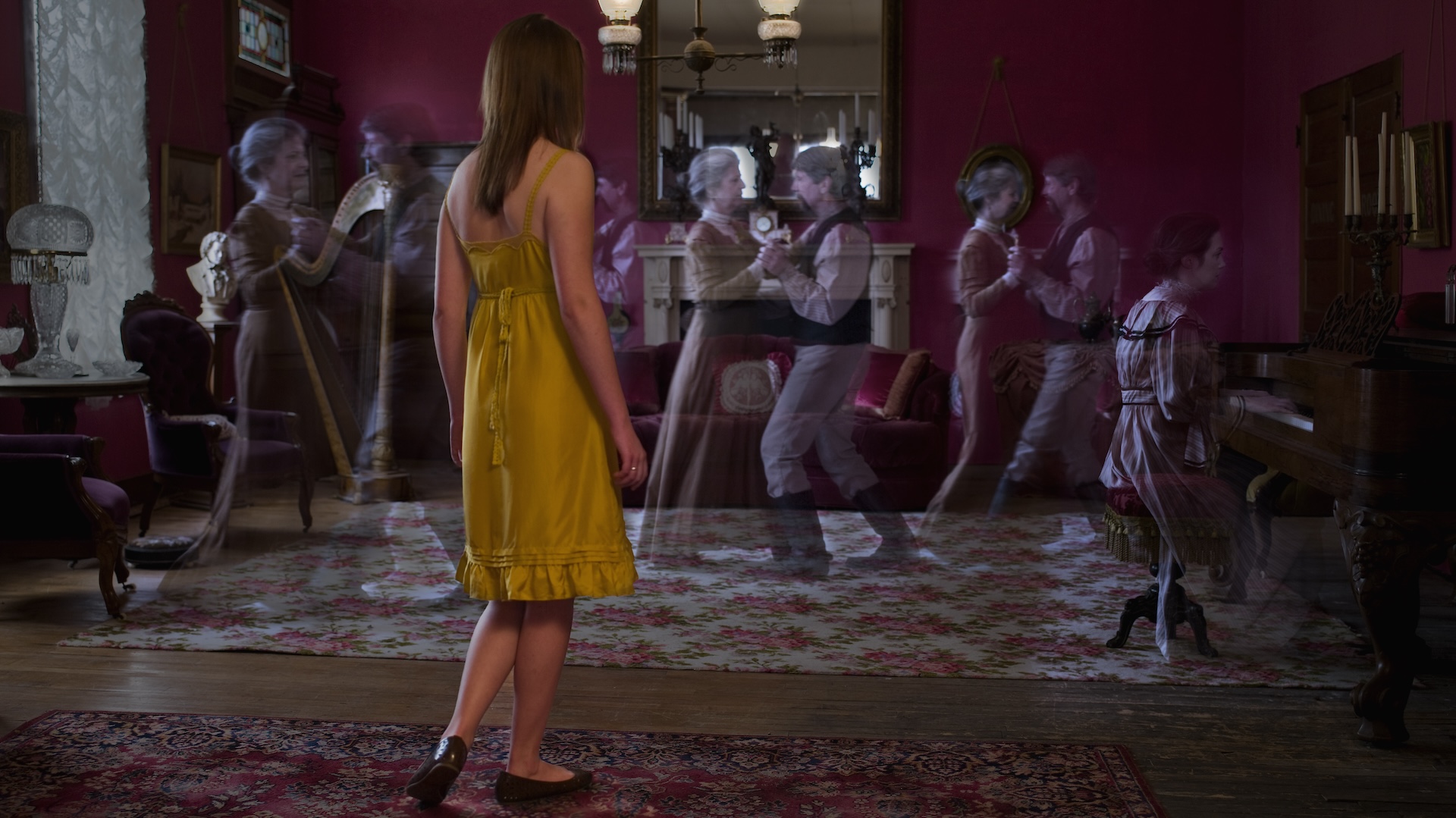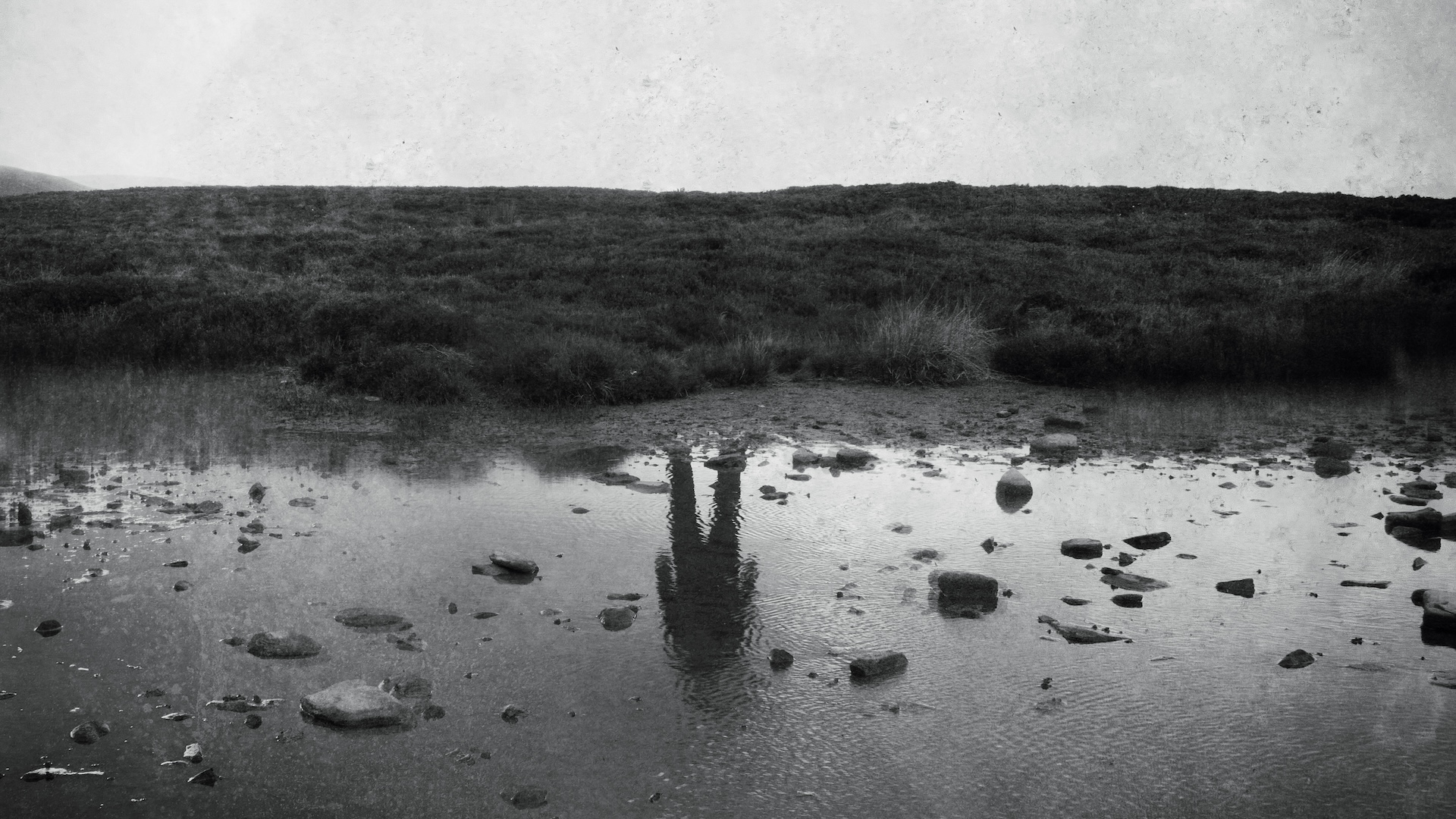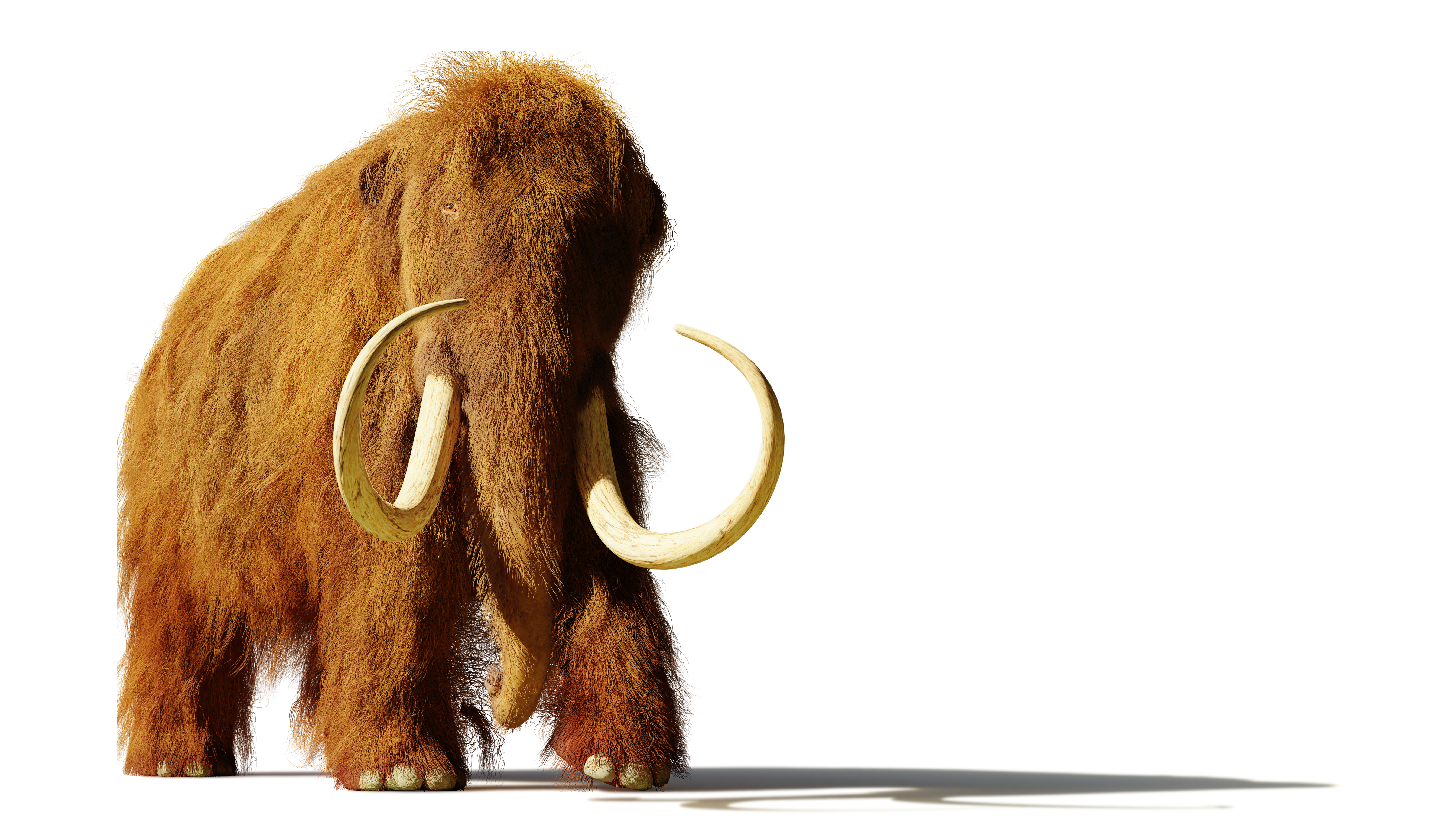
What's the scientific explanation for 'ghost encounters'?
People all over the world believe they've seen or heard a ghost, but there's no scientific evidence for spirits, hauntings or the paranormal. So what's behind these "encounters"?

Chances are, you know someone with a killer ghost story. You might even believe you've encountered a ghost yourself. However, considering there's no scientific evidence that ghosts exist, why do some people think they've seen or heard them?
Christopher French, a professor emeritus of psychology at Goldsmiths, University of London, recently wrote a book about the science of the paranormal and said ghost sightings are often "sincere misinterpretations of things that do have a natural explanation."
"Just because you can't think of an explanation doesn't mean there isn't one," French told Live Science.
French is a skeptic who explores non-paranormal explanations for ghostly encounters. These explanations include hallucinations, or perceptions of things that aren't there; false memories, or recollections of events that didn't happen; and pareidolia, or the tendency to see a face or something significant in an inanimate object or random pattern.
The human brain is prone to missing things and misremembering events, and it can jump to conclusions when trying to understand an ambiguous experience. This is especially true when a person wants to believe they've seen a ghost or another legendary creature, Live Science previously reported.
Related: Are ghosts real?
There are also some medical conditions that make perceived ghostly encounters more likely. One area of study for French is a disorder called sleep paralysis, in which people think they've fully woken up but are unable to move, often while sensing an evil presence.
Sign up for the Live Science daily newsletter now
Get the world’s most fascinating discoveries delivered straight to your inbox.
"It's as if your mind wakes up, but your body doesn't," French said. "You've got this interesting mix of normal waking consciousness and dream consciousness, and the contents of the dream are coming through into waking consciousness. The results can be absolutely terrifying."
French noted that if someone gets sleep paralysis without having any prior knowledge of the disorder, then it's not irrational for that person to assume they've had a supernatural experience. However, even during sleep paralysis, when humans are at the mercy of their dreams, the presence people encounter is often a shadowy figure in the corner of the room.

Movies depict ghosts as full-bodied translucent humans, but these kinds of sightings make up only a small minority of perceived paranormal reports. Johannes Dillinger, a professor of early modern history at Oxford Brookes University in the U.K. is working on understanding the types of ghosts people have believed in over the centuries in Western society and culture. He said that the most commonly reported haunting is an unseen poltergeist.
"Many, many ghosts over the centuries were mere poltergeists, meaning they remained invisible throughout," Dillinger told Live Science. "We only think they are there because we hear strange noises, usually at night, that are difficult to explain."
Dillinger found that prior to 1800, people believed that ghosts had important unfinished business, but in a much more literal sense than we might think of today. "Ghosts usually wanted people to find their treasures and put them to some good use," Dillinger said.
Perceived ghosts have become more personal since then. The 19th century marked the rise of spiritualism and a belief that humans could communicate with ghosts and spirits, according to the Science History Institute, a nonprofit that promotes the history of science.
Dillinger noted that people's beliefs changed from ghosts demanding things of the living to the living expecting to be consoled or comforted by the dead. However, throughout all of this, ghosts have remained, above all else, an explanation that people readily accept for strange noises in the dark.
"The ghost is really that thing that goes bump in the night," Dillinger said.

Patrick Pester is the trending news writer at Live Science. His work has appeared on other science websites, such as BBC Science Focus and Scientific American. Patrick retrained as a journalist after spending his early career working in zoos and wildlife conservation. He was awarded the Master's Excellence Scholarship to study at Cardiff University where he completed a master's degree in international journalism. He also has a second master's degree in biodiversity, evolution and conservation in action from Middlesex University London. When he isn't writing news, Patrick investigates the sale of human remains.









